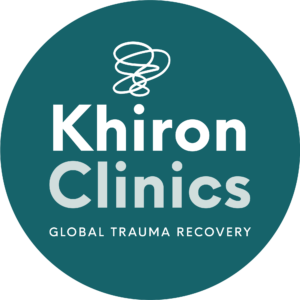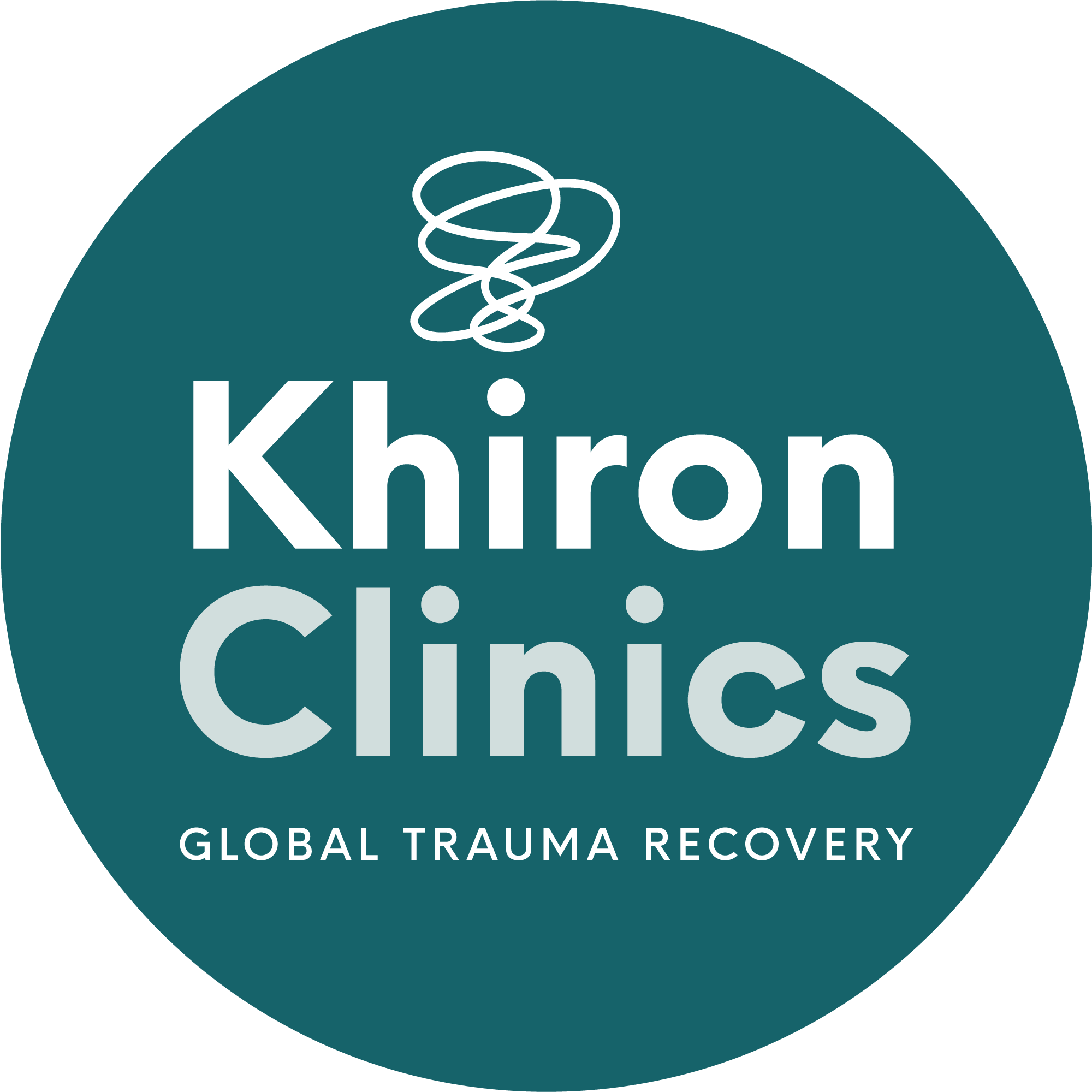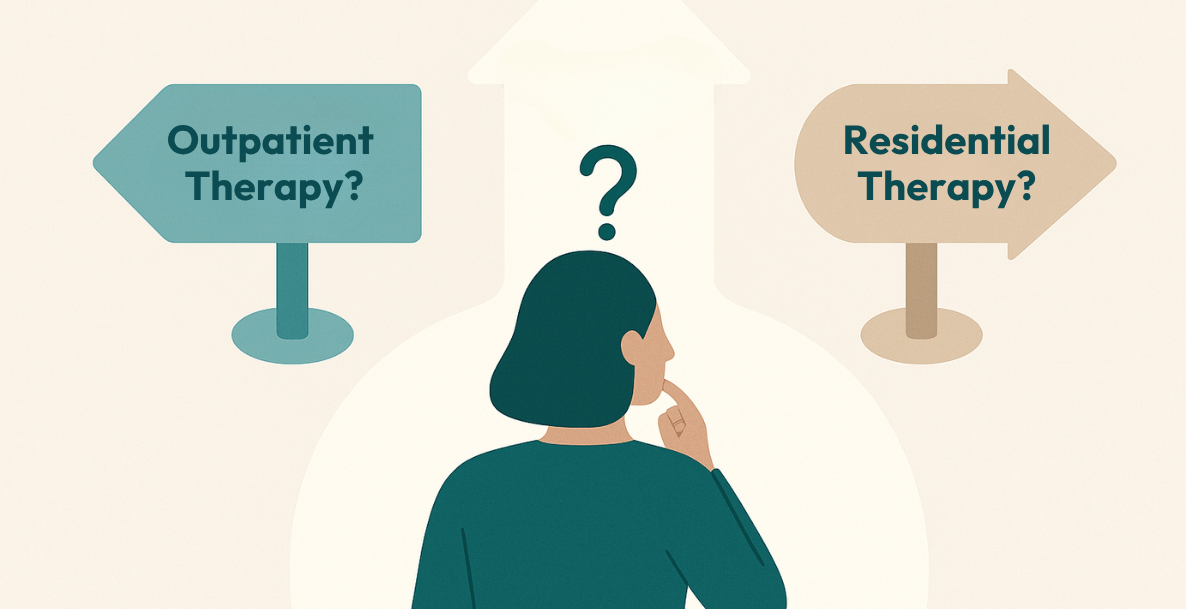by Penny Boreham
Non-verbal communication
We are all constantly assessing, interpreting and discerning non verbal signals from each other during our every single interaction. We humans all possess this innate and highly sophisticated skill. There are of course so many facets to non verbal communication and our therapists at Khiron House are finely tuned in their perception of processes revealed by gesture, posture, facial expressions, eye gaze, movement habits and of course much more. We are all continuously connected at this embodied level.
A smirk and a grin
There are only tiny differences in terms of what our facial muscles do when we are smirking or grinning, but our interpretation of those differences and their meaning is extremely important for our ‘reading’ of another.
This extraordinary human capacity to understand each other, so immediately, has foxed philosophers for centuries.
In the last fifty years neuroscientists, philosophers and psychologists have put huge emphasis on trying to comprehend the way we interpret and understand what we witness.
They have tried to explain how empathy – the ability to understand and share the feelings of another – can be understood. Research has mainly concentrated on what cognitive processes are engaged when imagining ourselves in another’s position.
But in the 1990’s a group of Italian neuroscientists in Parma threw light on the deeply embodied nature of our empathetic skills. They identified collections of special cells which help us navigate through our lives – these are mirror neurons.
Mirror Neurons
It was actually serendipitous that these particular researchers began to understand the function of these mirror neurons.
They were working with a species of monkey, called macaques, in their laboratory in Parma. They were concentrating on the neocortex, the most recently evolved part of the brain in mammals. The reason they were working on this area was because they were interested in a part of the neocortex, called the premotor cortex where there are neurons that specialise in “coding”, and they were particularly interested in one specific motor behaviour of the hands which is to do with grasping, tearing and bringing objects to the mouth.
But by chance they also noticed that a few of the same cells fired more weakly when the monkeys were observing the researchers putting food into their own mouths, and more strongly when they saw other monkeys performing the same action. They later also found mirror neurons in other parts of the brain and located cells that fired when monkeys observed an action as well as when they heard the sound related to it.
At first the scientists had a hard time believing what they were seeing, but soon they became convinced that observing an action triggers the mirror neuron system to generate a motor representation of it. This in fact corresponds to the activity produced by the action itself.
For example, when I see someone kicking a ball, the very part of my brain that would be activated if I was kicking a ball is activated in my brain, thanks to mirror neurons.
To be human is to be connected at the most deeply embodied level
These mirror neurons provide evidence that there is a direct link between our own brain body system and the brain body system of other individuals.
Like all new and groundbreaking theories there have been different views about precisely how much we can claim for the role of these neurons. There have been overstatements and corrections. However, many agree that they do seem to explain a lot about human empathy.
The original research claimed that they had a huge role to play in the understanding of the actions of others, how we understand “from the inside” actions that we already know how to perform. It has also been claimed that defective mirror neurons might well be linked to autism. However, others says that mirror neurons are more of a side effect of witnessing actions rather than a motivator for interpreting behaviour.
Deeply embodied connections
One thing that is clear is that it shows us yet again how being human is to be connected at a deeply embodied place with others, and how we are fundamentally connected at that deep, nervous system, level
The trauma field and embodied empathy
Clinicians, like our Khiron House practitioners, who work in the field of trauma continuously articulate the importance of embodied empathy for the therapeutic process. One of the main therapies we practice here at Khiron House is Sensorimotor psychotherapy which aims to translate the language of the body, and allow the client to make conscious what they are already unconsciously experiencing in a non-verbal way. The therapist has to understand and notice what the client is revealing, non-verbally, and encourage the client to start ‘noticing’ their body’s responses, rather than being submerged by the experience of trauma in their system.
The founder of Sensorimotor psychotherapy, Pat Ogden, describes how – “The art and science of this therapy is making the unconscious processes conscious, thus giving language to the non verbal communication that is so integral in our interaction with others, including our clinical practice”.
While the therapist encourages the client to start ‘noticing’ their body’s responses , she/he has, at the same time, to be constantly aware of how their clients’ physical states and non-verbal communication resonate in and affect her/his own body experience, as the very process of being in touch with this will allow them to find the best response (verbally and non-verbally) to support their clients.
It certainly makes sense that our mirror neurons will be playing their part at our very deepest level.
This is part of our series of blogs which are telling the story of trauma treatment, how it has developed and is still developing every day. In this series our expert practitioners will be sharing their knowledge with you, we will be finding out what recent scientific breakthroughs are teaching us all about the nervous system, and we will be keeping you in touch with the latest news about the life transforming therapies that are becoming more sophisticated and responsive every day.
If you would like a weekly email about new posts on our blog please sign up for our mailing list in the box above right.






